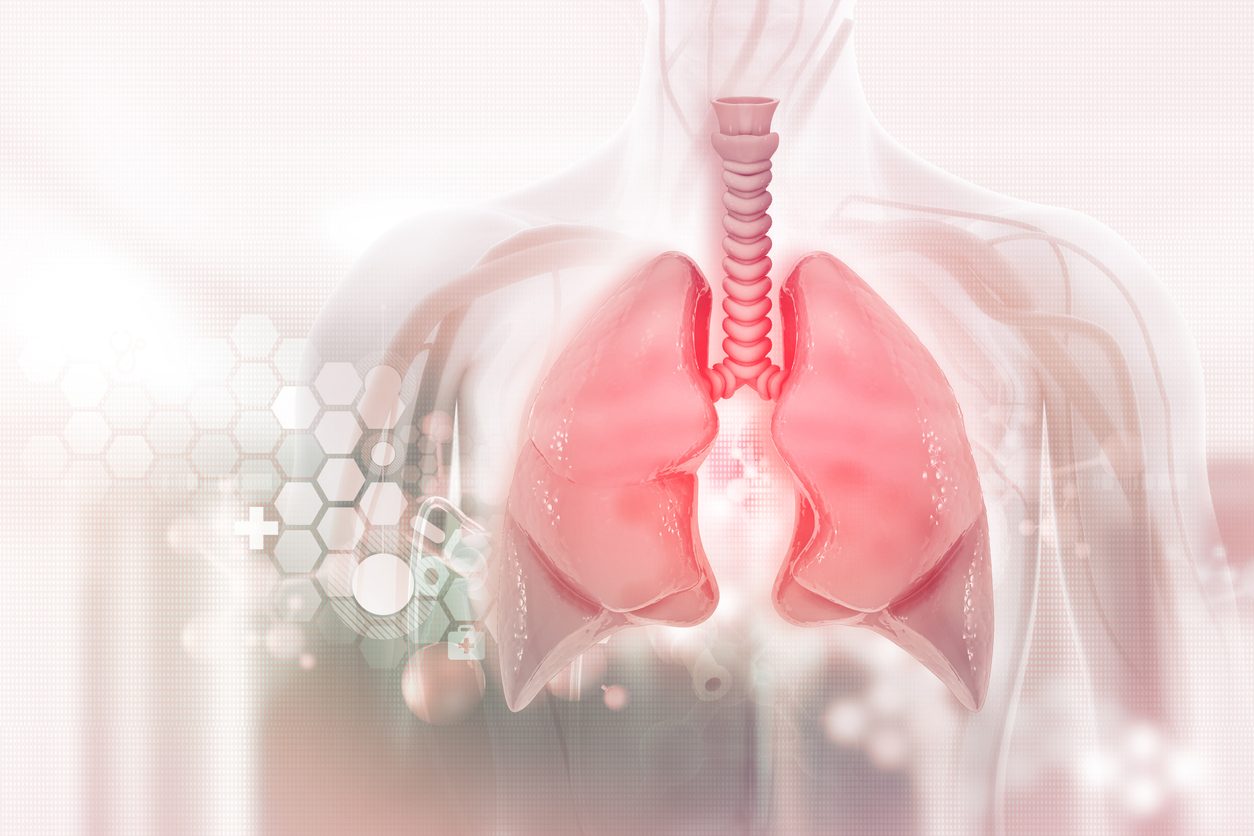Similar to the gut, pacific bacteria also live in the lungs, affecting health in complex ways: Studies in animal models have shown that the lung microbiome affects immune responses in the central nervous system, similar to those that occur in multiple sclerosis. Scientists say the findings give hope that it may one day be possible to treat diseases of the central nervous system by affecting the lung-brain axis.
We are never alone – our bodies are home to a colorful community of countless microorganisms. The search for these little lodges has received a lot of attention in recent years. It is becoming increasingly clear the complex role the microbiome plays in human health. In addition to many other effects, the composition of bacterial communities also has an effect on the nervous system – links to neurodegenerative diseases and psychological problems have been demonstrated. However, the focus so far has been on the body’s largest habitat for microbes – the gut. On the other hand, the team led by the University Medical Center Göttingen has dedicated itself to researching the importance of microbial organisms in the lungs. Compared to the intestines, our respiratory organs are sparsely populated, but there is also a group of harmless bacterial species.
Is there also a lung-brain axis?
One of the foundations of the study was the evidence that the weakening of the lungs can be associated with the development of neurological effects. For example, lung infections or smoking increase the risk of developing multiple sclerosis (MS). What distinguishes it is an autoimmune disease. The immune system and so-called T cells mistakenly attack your brain tissue in MS and cause damage that leads to neurological deficits. Why and how the lungs are involved in controlling autoimmune processes in the brain was previously unclear.
In order to explore the potential role of the lung flora, the researchers conducted studies on mice, which are used in multiple sclerosis research as models of disease in humans: through certain processes, they develop an inflammatory disease of the central nervous system, such as MS – they become ill. The scientists then treated these model animals with low doses of the antibiotic neomycin, which was administered directly into the lungs. Subsequent analyzes showed that this, as desired, did not lead to eradication, but only to a slight change in the composition of the bacterial community in the lungs.
Effects on the brain
The surprise came from model animal “MS case” studies: The treatment resulted in fewer symptoms — there were fewer inflammatory reactions in the central nervous system. Apparently, a change in lung flora led to this effect – but how? The researchers then followed up on this question as investigators: Step by step, they used a series of approaches to investigate where this effect is at work, which cells are affected there and which bacterial signals might be involved in regulating the immune effect.
They found that antibiotic-mediated manipulation of the lung microbiome had an effect on so-called microglia in the central nervous system. They are known as the “immune cells of the brain”. These are finely branched cells that can sense damage or threats from infectious agents and then sound the alarm to summon immune cells. As studies showed, after manipulating the lung microbiome, microglia altered their activity and even showed microscopically visible abnormalities. The cells also responded less robustly to inflammatory signals, resulting in reduced recruitment of immune cells into the inflamed brain tissue of test animals. Researchers say this could explain the symptom relief.
Cell wall components influence immune monitoring in the brain
Then they went in search of bacterial signals that could trigger such a “glial pacification”. The main evidence came from insights into which bacterial species the microbial community has evolved to favor after treatment with antibiotics. Analyzes revealed that species containing a special cell wall component – lipopolysaccharides – proliferated in lung tissue. Further experiments then confirmed that these substances were in fact crucial to the effect: artificially increasing the amount of lipopolysaccharides in the lungs also resulted in a mitigating effect in ‘MS model mice’. On the other hand, targeted elimination of substances increased symptoms of autoimmune diseases.
The scientists concluded that the results of the study now indicate a previously unknown functional relationship between the lungs and the brain. It can be assumed that the connections in mice also occur in humans. However, to what extent this case actually has to be demonstrated by additional studies and the additional significance should also be explored, writes Aubrey Schönhoff and Sarkis Mazmanian of the Caltech in Pasadena in an accompanying commentary to the study: “The promising results must now be confirmed and expanded. This raises the question. on whether interactions between the lung microbiome and microglia also influence other diseases associated with CNS inflammation.
As far as this is concerned, senior author Alexander Flugel of the University Medical Center in Göttingen finally took an optimistic view into the future: “It is possible that the lung-brain axis could be used as a treatment. Targeted administration of probiotics or some antibiotics could influence reactions Immunosuppression of the brain and thus the treatment of not only multiple sclerosis, but diseases of the central nervous system in general, in which the immune activity of glial cells plays a role,” says Flugel.
Source: Medical University of Göttingen, specialist article: Nature, doi: 10.1038/s41586-022-04427-4

“Alcohol buff. Troublemaker. Introvert. Student. Social media lover. Web ninja. Bacon fan. Reader.”







More Stories
Mission ‘Sunrise III’: Recovering Data Storage in Canada – Science
Ecologists Celebrate New Xesap National Park in Laos | Science
Is the wrong diet making you forget?